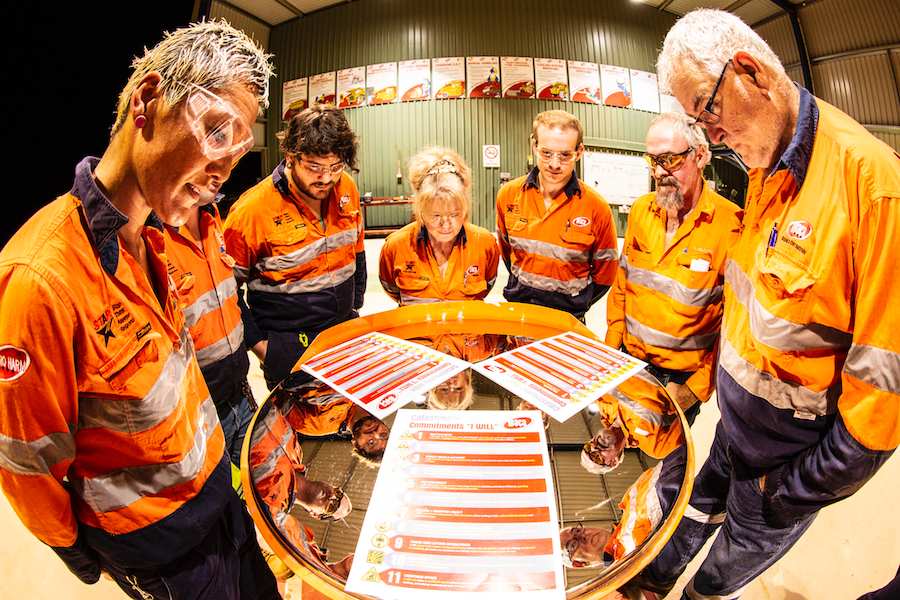
This is the first article of a six-part series exploring the trends and key themes that are shaping the future of the mining industry. In this article, we talk about Mining Health and safety as it is of paramount importance in the mining industry.
Protection and prevention in the workplace are crucial in achieving operational success and reaching a zero-risk industry. The health and safety challenges faced in mining include:
As many people in the industry work long hours in rural or remote locations, there are focused efforts on the positive mental health of mine workers and more opportunities for communities to discuss and develop different ways in tackling the issue.
The health and safety of people working in mining is a shared commitment of everybody in the resources sector. This includes physical health and safety, but also ensuring people’s mental wellbeing. 82% of organisations that empower their frontline workers see higher levels of job satisfaction amongst employees. It is important to ensure workers feel supported when carrying out their roles.
COVID-19 has exacerbated many of the pressures on workers, especially those who need to remain on-site or operate underground. Workers may feel under pressure in their roles due to a variety of reasons, including poor communication and collaboration, complex operations, dated and ineffective technology, inefficient processes, poor change management, a lack of training and skills growth, and more.
However, there is plenty of evidence to suggest the right tools and technology that deliver meaningful and real-time data can play a vital role in empowering teams and employees.
The ‘zero-harm’ concept is a specific and highly tailored approach to workplace health and safety that ensures no individual is exposed to potential harm. This means that the mine has been designed in a way that ensures that there is little to no risk involved in all operations.
On the flipside, zero-harm is also seen as unsafe in its development as it is seen to lack cohesion between businesses. We recently had a workplace health and safety conversation with Sally North, Director of the WorkSafe Service Industries and Specialists Directorate which falls under the Government of Western Australia’s Department of Mines, Industry Regulation and Safety. Her advice on the zero-harm workplace is as follows,
“I think the aim of zero harm workplaces should be approached with caution, as it is important to ensure reporting of hazards and incidents is encouraged, and there is a risk with a ‘zero harm’ goal that people might underreport. However, a focus on continual improvement in terms of hazard management, including proactively assessing the controls in place around critical risks, will help workplaces get better safety and health outcomes and manage risk.”
There are some emerging realities as we work towards continuous improvement in mining in the next century. These include:
There are several barriers to employee wellbeing in the mining industry. These common obstacles include:
It is important to ensure that the organization has the tools, policies and procedures in place to fulfil the ‘psychological contract’. These are some of the steps that can be taken to empower mineworkers:
There are impediments to continuous improvements, however, to reach the maximum potential and accelerate growth, the mining industry must:
Our efforts toward mining health and safety have specifically targeted the plight of dust diseases in the mining industry. We continue to advocate for dealing with dust at its source and progressively develop innovative solutions that solve challenges in the following mining areas:
The prospects for progress look very promising. To improve mine health and safety the best path for success will be realized through collaborations in research and development linking communities, operators, labour, academia and government. The goal should be to make mining health and safety a model of excellence in all respects with everyone’s input.
The second article of the six-part series explores mining engineering as part of the trends and key themes that are shaping the future of the mining industry.
Your feedback is important to us. If you enjoyed reading this Global Road Technology industry update and found it informative, please let us know by leaving a REVIEW.
Are environmental regulations, health and safety concerns or potential profit loss a concern right now?
Contact Us Now